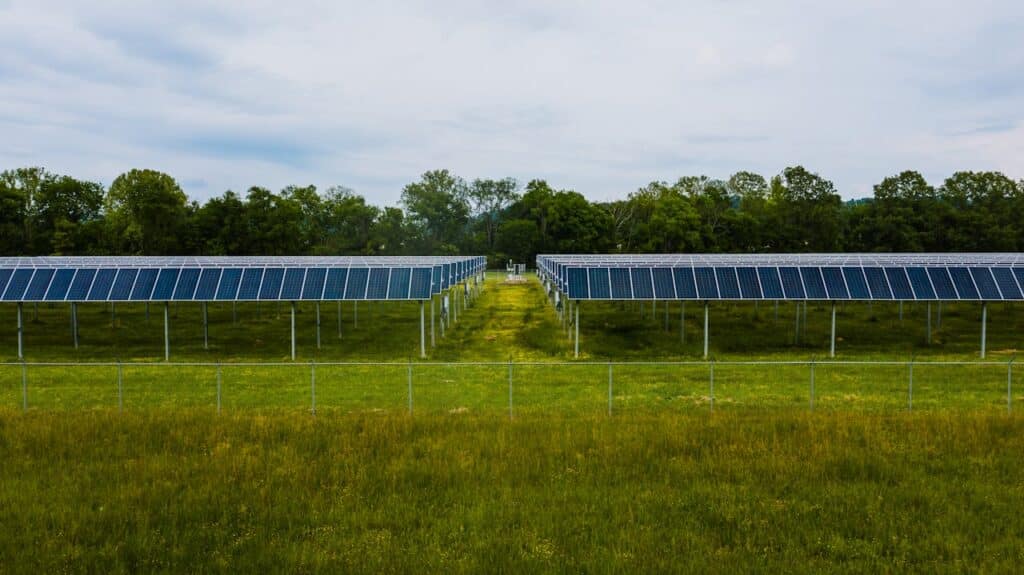Photovoltaic (PV) cells are a critical component in the quest for renewable energy, providing a way to convert sunlight into electricity. As the demand for solar energy increases, understanding how PV cells work becomes increasingly important. This article explains how photovoltaic cells generate electricity, breaking down the science behind solar panels and their application in homes and businesses.
What Are Photovoltaic (PV) Cells?
Photovoltaic cells, commonly known as solar cells, are devices that convert light energy from the sun into electrical energy. These cells are made from semiconductor materials, typically silicon, which are essential in creating an electric field necessary for generating electricity.
The Science Behind PV Cells
Semiconductor Material
The core of a PV cell is made from semiconductor material, usually silicon. Silicon is chosen because of its ability to create an electric field and its abundance. In a solar cell, silicon atoms are arranged in a crystalline structure, which is crucial for the cell’s ability to convert sunlight into electricity.
Creating an Electric Field
A PV cell consists of two layers of semiconductor material, each treated to create a specific electrical charge. The top layer is typically doped with phosphorus to create a negative charge (n-type), while the bottom layer is doped with boron to create a positive charge (p-type). When these layers are placed together, they form a p-n junction, which creates an electric field at the interface. This electric field is vital for separating charge carriers (electrons and holes) and generating an electric current.
How Solar Panels Work
Light Absorption
When solar energy, in the form of sunlight, strikes the PV cell, the energy from the sun’s photons is absorbed by the semiconductor material. This absorbed light energy excites electrons in the silicon, causing them to break free from their atomic bonds.
Generation of Electric Current
The electric field at the p-n junction creates an electric force that drives these free electrons towards the top layer, while holes move towards the bottom layer. This movement of electrons and holes generates an electric current. Conductive metal plates on the sides of the PV cell collect these electrons and transfer them to wires, thus creating an electrical circuit.
Converting Sunlight Into Electricity
The electric current generated by the movement of electrons can be harnessed and used as electrical energy. This process of converting sunlight into electricity is known as the photovoltaic effect. Solar panels, composed of multiple PV cells, work collectively to increase the amount of energy produced, enabling them to generate sufficient electricity for various applications.
Producing Electricity with Solar Panels
Solar Panels Generate Electricity
Solar panels are designed to generate electricity by converting light energy from the sun into electrical energy. Each solar panel consists of numerous PV cells connected together. When sunlight hits these cells, it initiates the process of producing electricity.
Application in Homes and Businesses
Solar photovoltaic (PV) systems are widely used in homes and businesses to harness energy from the sun. These systems can significantly reduce electricity bills by providing a substantial portion of the required electrical energy. By installing solar panels, both residential and commercial properties can generate electricity, contributing to a sustainable and eco-friendly energy solution.
Efficiency and Advances in Solar Technology
Amounts of Energy Produced
The efficiency of a solar panel in producing electricity depends on several factors, including the quality of the semiconductor material, the design of the PV cells, and environmental conditions. Advances in solar technology continue to improve the efficiency and effectiveness of solar panels, enabling them to generate larger amounts of energy.
High-Efficiency PV Cells
Recent innovations in photovoltaic technology have led to the development of high-efficiency PV cells. These cells are designed to maximize the conversion of sunlight into electricity, making solar energy a more viable option for powering homes and businesses.
The Benefits Of Photovoltaic Cells and Renewable Energy
Photovoltaic cells are at the heart of solar energy technology, providing a means to convert sunlight into electricity. By creating an electric field through the use of semiconductor materials, PV cells generate an electric current when exposed to light energy. Solar panels, composed of numerous PV cells, work efficiently to produce the electrical energy needed for various applications.
As solar technology continues to advance, the efficiency and capability of PV cells in generating electricity will only improve, further promoting the adoption of solar energy in homes and businesses. This makes proper disposal critical as usage increases.
Solar panels contain a range of recyclable materials, including batteries, plastic, metals, glass, printed circuit boards and much more. Get in touch with our friendly team to find out more about book a collection.

